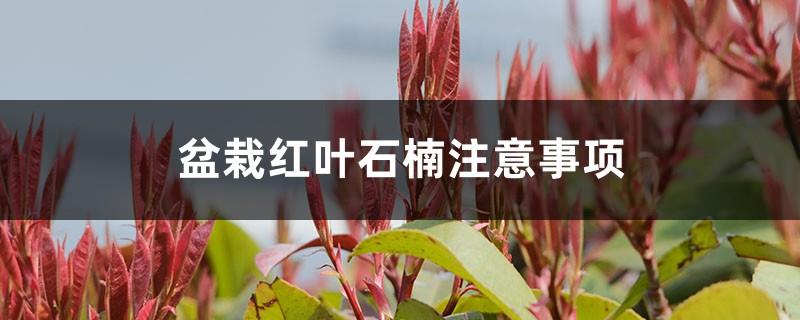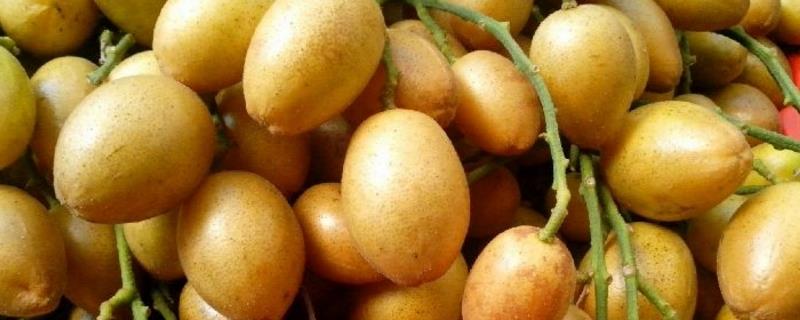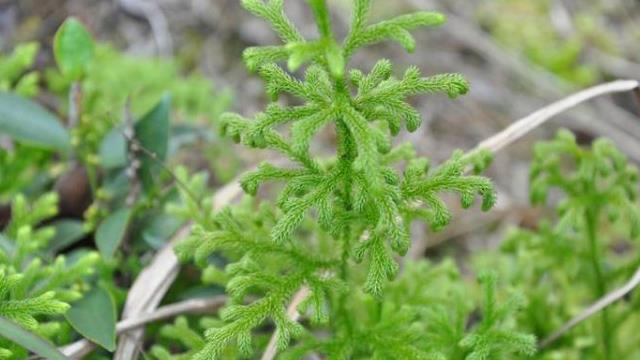Precautions for potted red-leaf Photinia
Last Update :2024.10.28
Article Catalog
Plant and container selection for potted red-leaved Photinia
Soil for potted Photinia foliage
The upper pot of potted red-leaved Photinia
Red-leaf Photinia can be grown as a hedge or street tree, or as a potted plant. However, what matters need to be paid attention to when growing potted plants?

Plant and container selection for potted red-leaved Photinia
Selection of plants and containers for potted Photinia
When planting Photinia in pots, the first step is to select plants and containers. Under normal circumstances, potted Photinia are grown by cuttings, so when selecting plants, you can choose ground-planted cuttings, container-grown seedlings and tissue-cultured seedlings.
When choosing a container, you can choose according to the size of the plant. In fact, there are many containers on the market to choose from, so there is still a lot of room for choice. You can consider lifespan, reuse rate, etc.

Soil for potted Photinia
When planting red-leafed Photinia in pots, you need to choose the right soil. There are many media you can choose from, such as fine sand, peat soil, perlite, coconut bran, etc. Choose a few suitable ones and mix them together. That’s it.
It should be noted that when arranging the soil, the air permeability and drainage of the soil must be maintained, so when selecting the medium, you can choose it in this direction. The soil is best configured to maintain a pH between 5.5 and 6.5.

The upper pot of potted Photinia
When potting red-leaf Photinia, it is also very important to pot it. Basically, when potting, make sure the roots are spread out, the plant needs to be upright, and don't bury it too deep.
In addition, in order to ensure the growth of red-leaf Photinia, you can add some base fertilizer when arranging the soil. Pay attention to changing pots in time and do a good job in water and fertilizer management.

Soil for potted Photinia foliage
The upper pot of potted red-leaved Photinia
- END -
Cultivation methods and precautions for yellow peel fruit

Soil: Huangpi fruit likes loose, fertile and moist soil. Sandy loam soil has good ...
The difference between lycopodium weeping and stone pine

Leaves: The leaves of Lycopodium lucidum are arranged in a spiral shape, ranging f...